The story of Ghia – part 1
The beginning In tracing the genealogy of coachbuilding firms, it turns out that they originated in the early years of the last century as…
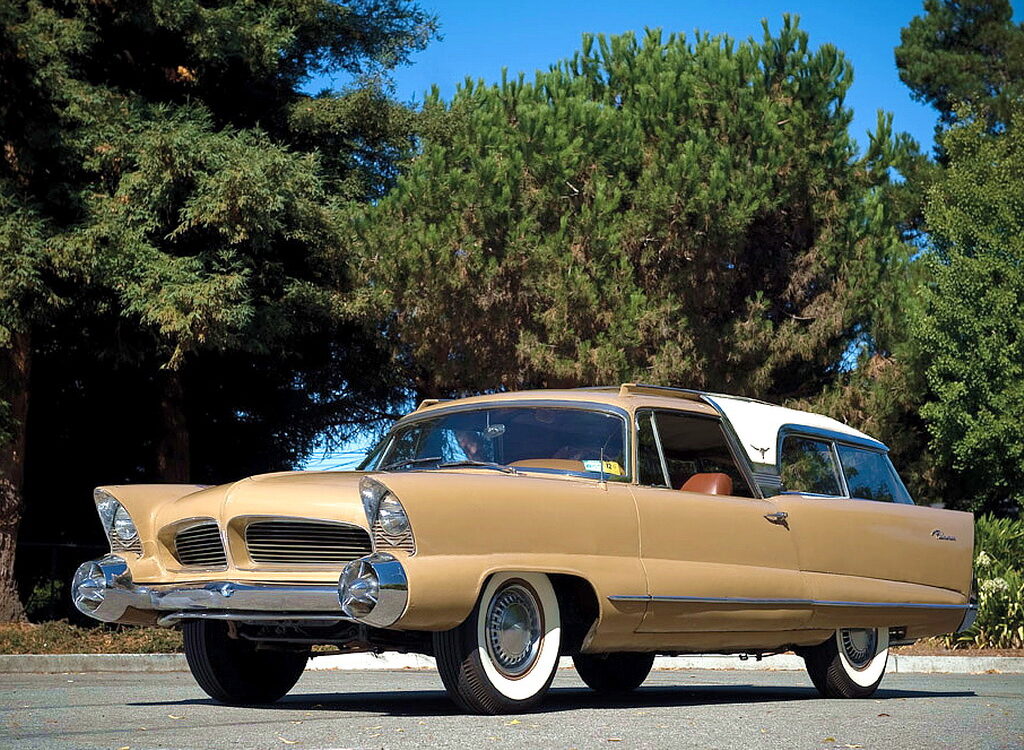
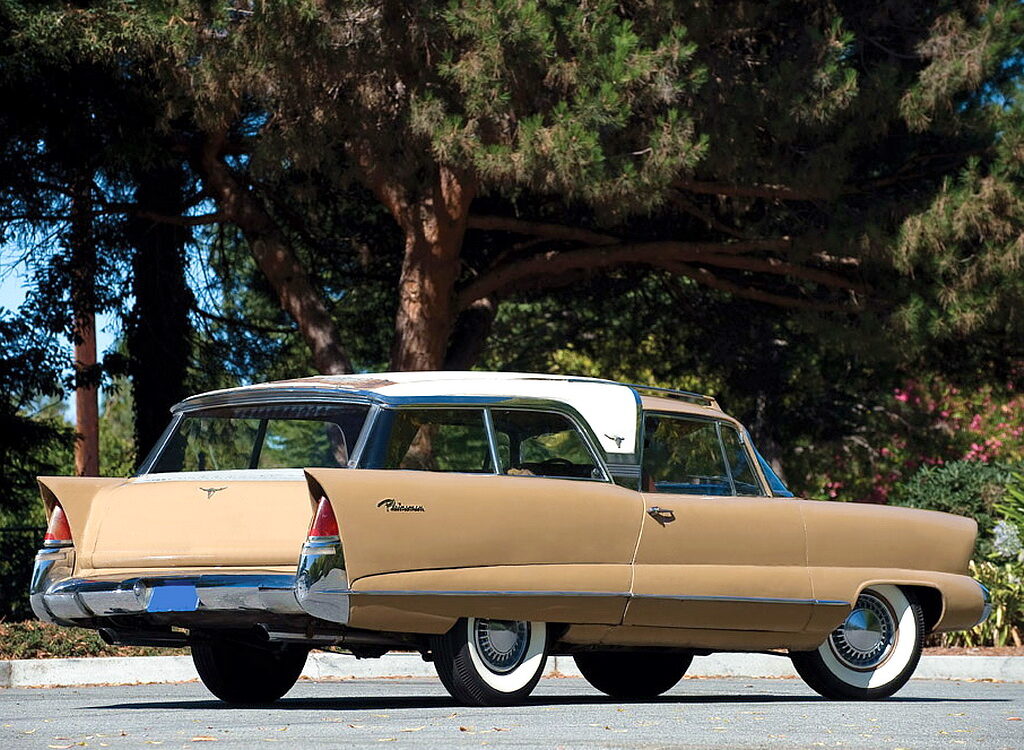
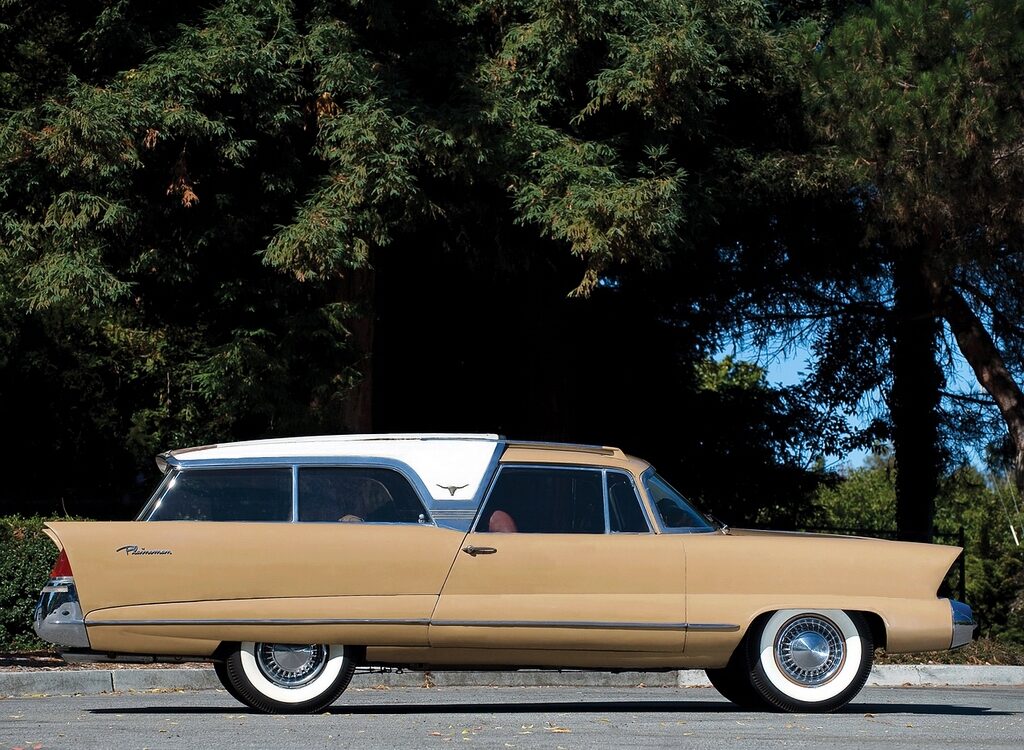
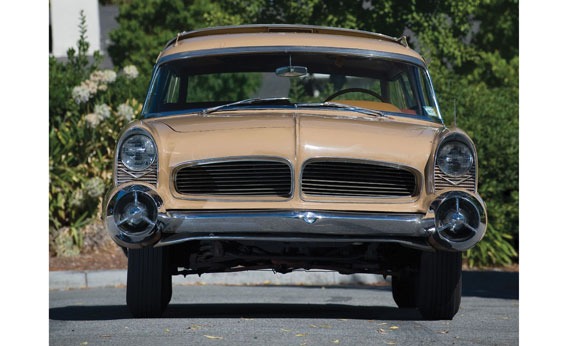
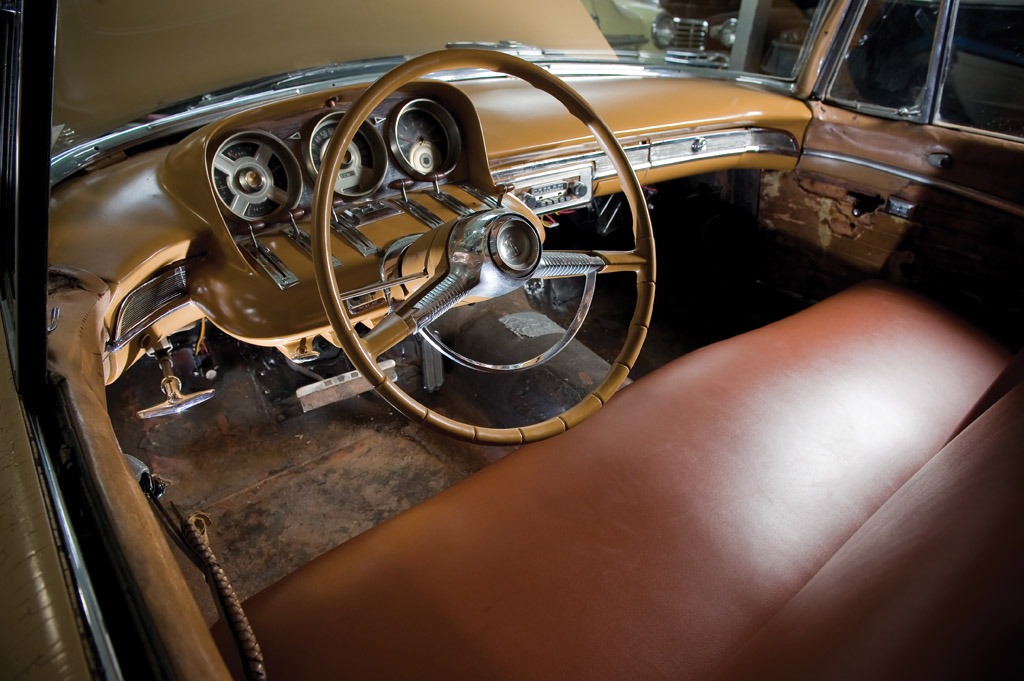





Chrysler Corporation unveiled the experimental Plainsman ‘idea station wagon’ during the 1956 Chicago Auto Show.
The Plymouth Plainsman wagon concept car, conceived by designer Dave Scott, underwent a fascinating transformation from its initial “coupe de ville” design to become a distinctive station wagon. This shift was prompted by a suggestion from Exner, who recognized the burgeoning popularity of wagons at Chrysler during that era. The journey of the Plainsman began with sketches in February 1954, and construction was entrusted to Carrozzeria Ghia in Italy in October 1954. Upon its arrival in Detroit on December 5, 1955, the Plainsman faced an unexpected challenge – its lead-laden body sank under its own weight when placed on wheels for the first time. Swift action was taken, with a heavier Chrysler New Yorker suspension being employed to rectify the issue. The wagon, mounted on a Plymouth chassis with a 115-inch wheelbase, showcased a Western theme with a distinctive “Palomino beige” finish, gold-colored Texas Longhorn medallion, and hand-worked bronze trim that was chrome plated. Powered by a 260ci V-8 engine, the Plainsman, weighing in at 4,900 pounds, faced challenges of being underpowered. However, it made a lasting impression with its cantilever, stepped roof featuring a centered louvered ventilator, providing draft-free ventilation for the 8-passenger cabin. The padded white fabric top covering the rear two-thirds of the all-steel roof was weather-resistant. The Plainsman introduced innovative features that later became part of Chrysler Corp.’s production line, including the rear-facing third seat, a hidden spare tire behind the right wheel accessed via a lift-up panel, and a power-operated tailgate window. After being showcased at the 1956 Chicago Auto Show and later at significant events like the seventy-fifth anniversary celebration of the J.L. Hudson Department Store in Detroit, the Plainsman embarked on a global journey. From Havana, Cuba, to Mexico, Australia (where it underwent conversion to right-hand drive), and Japan, the Plainsman finally returned to the United States after a series of adventures, marking a remarkable chapter in automotive history.

The beginning In tracing the genealogy of coachbuilding firms, it turns out that they originated in the early years of the last century as…
Missing or wrong informations?
Carrozzieri-Italiani.com relies on thousend of users who help to populate the database. We do not guarantee the accuracy of the informations. Contact us if you want to contribute.
